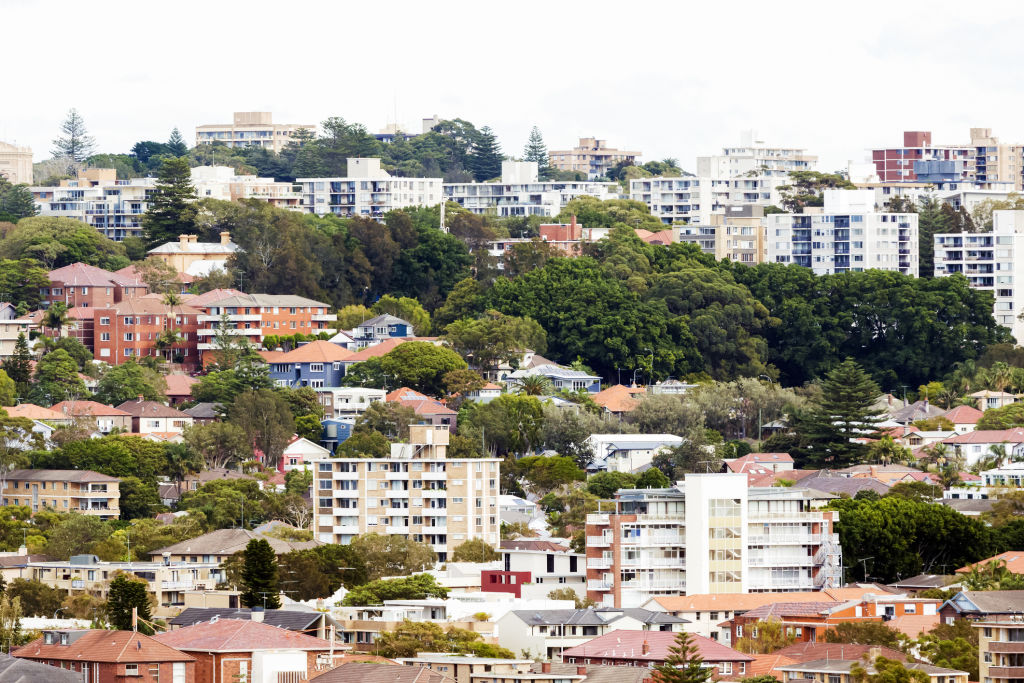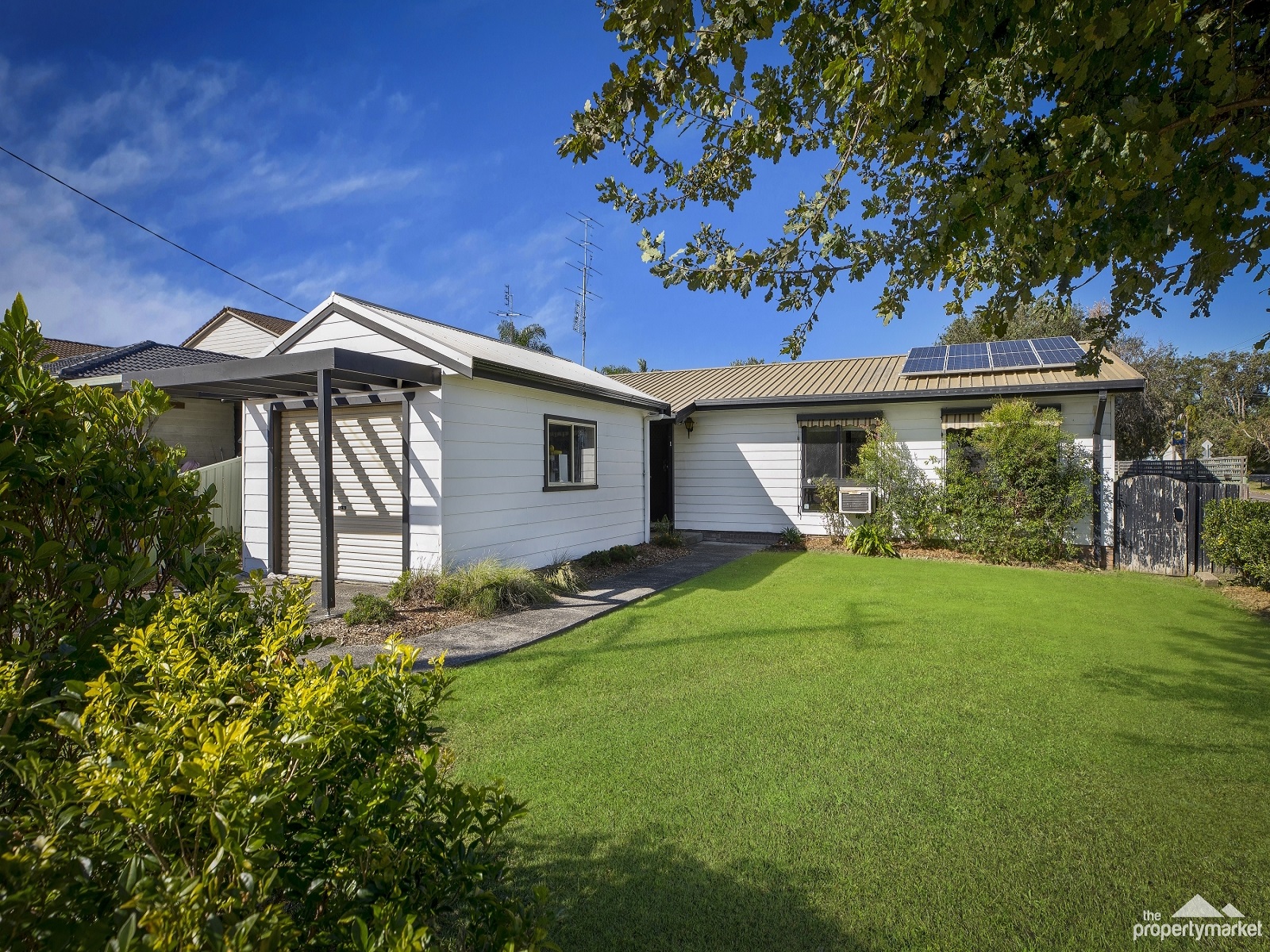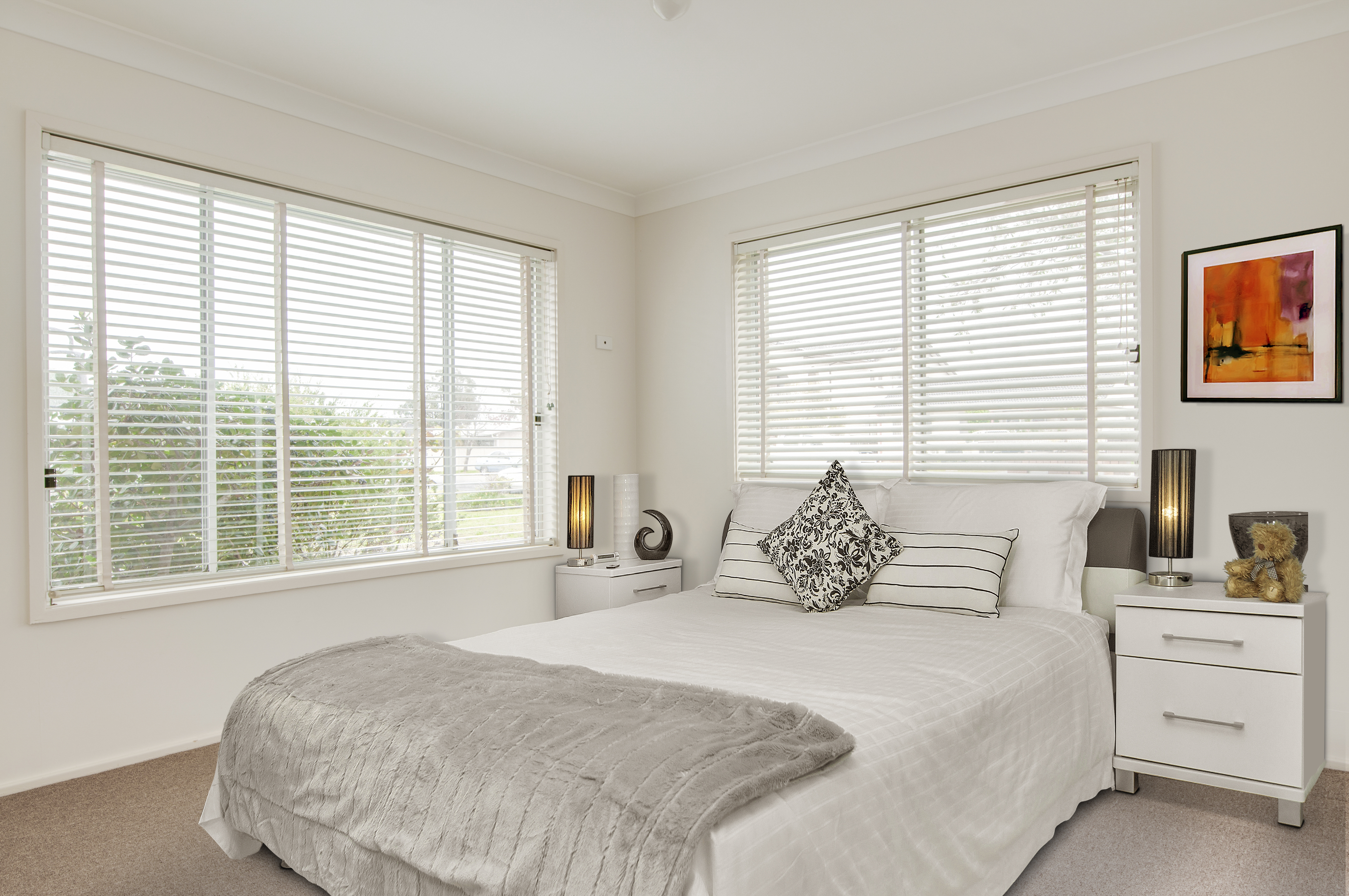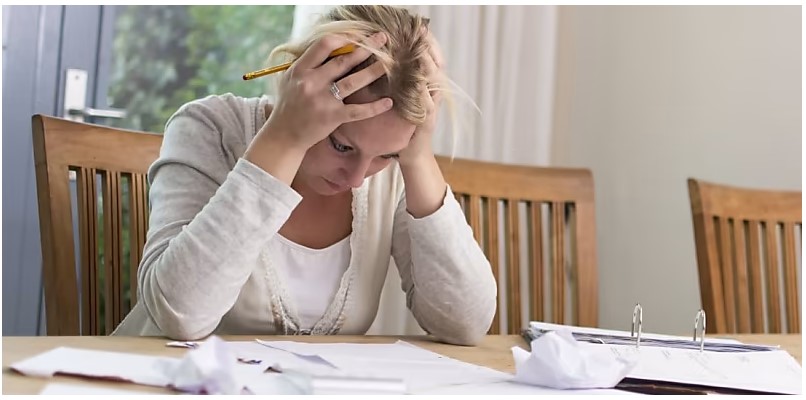How to keep your first property as an investment and why most home owners don’t do it
An apartment is the first rung on the property ladder for many first home buyers, especially those priced out of a freestanding or attached house in Australia’s priciest capital cities.
But when the needs of a growing family prompt an upgrade to a larger home, the question of whether to keep the first property as an investment may arise.
On the other hand, selling and realising equity in the first property and investing the proceeds into a more valuable asset can allow buyers to live in a better home that brings lifestyle improvements.
Why hold property?
“In an ideal world, the vast majority of people, if they could, would try to hold their first property,” says Property Planning Australia director David Johnston.
“In most cases holding property is going to create a better financial outcome.”
But the proportion of people who actually do keep their first home is low, Johnston says.
“They just don’t have the equity there to be able to keep it and purchase the next home.”
First-home buyers overlook the importance of their first property as a stepping stone, says Empower Wealth director Bryce Holdaway.
“People in that early stage of the property ladder aren’t generally thinking about holding onto properties,” he said. “It’s always sell and buy the next one.”
Retaining ownership of the first home brings an additional income stream if rent exceeds holding costs such as mortgage repayments, strata levies and maintenance.
But the appropriateness of this strategy can depend on the home’s investment credentials, including its desirability as a rental, and future growth prospects.
“A lot of first-home buyers are quite happy to buy a one- or two-bedroom apartment,” Holdaway said. “Quite often they make for a really great investment. The next generation, if they can’t afford to buy, are quite happy to rent it.”
“If they’re lucky enough to get a house for their first property, that’s an even bigger bonus because they’ve got land.”

When it doesn’t work
One of the drawbacks of converting a home to an investment is the impact on the owner’s borrowing capacity.
“You might have enough equity but you might not have enough income to upgrade and keep it,” Holdaway said. “The serviceability on two loans just might not be there.”
Even if an owner has managed to put a dent in their mortgage over the years, owing a few hundred thousand dollars may prevent them from borrowing enough money to purchase their ideal home.
“If you were to keep that property you may only be able to afford a three-bedroom home but you’re chasing four or, alternatively, a two-bedroom home if you’re chasing three,” Holdaway said.
Deciding on a course of action requires an assessment of lifestyle and financial goals, says Johnston, and the needs of a growing family usually take precedence.
“Right now, you might just choose to prioritise lifestyle over the financial goals, which means you spend more money on the superior home but you have to sell the current property to achieve that.”
Growing a portfolio
Holding both properties and selling the investment later can lower mortgage repayments if the proceeds are held in an offset account. This also creates a cash buffer that might come in handy if raising children means incomes are reduced.
“Say you’ve built up some equity in the first property,” said Holdaway, “You may actually want to use that equity on the second property to reduce the loan and have a smaller mortgage.”
Having a growing deposit available can allow homeowners to invest further down the track, but Holdaway warned their next property would have big shoes to fill.
“The recycle costs to get into the next one means the property you’re about to buy has to perform very well just to break even,” he said.
If building a portfolio is the goal, holding onto an appreciating asset can bring it closer.
“You may be in a better position down the track that you can borrow against any improved value to buy another one.”
Originally published by Domain
By Daniel Butkovich




